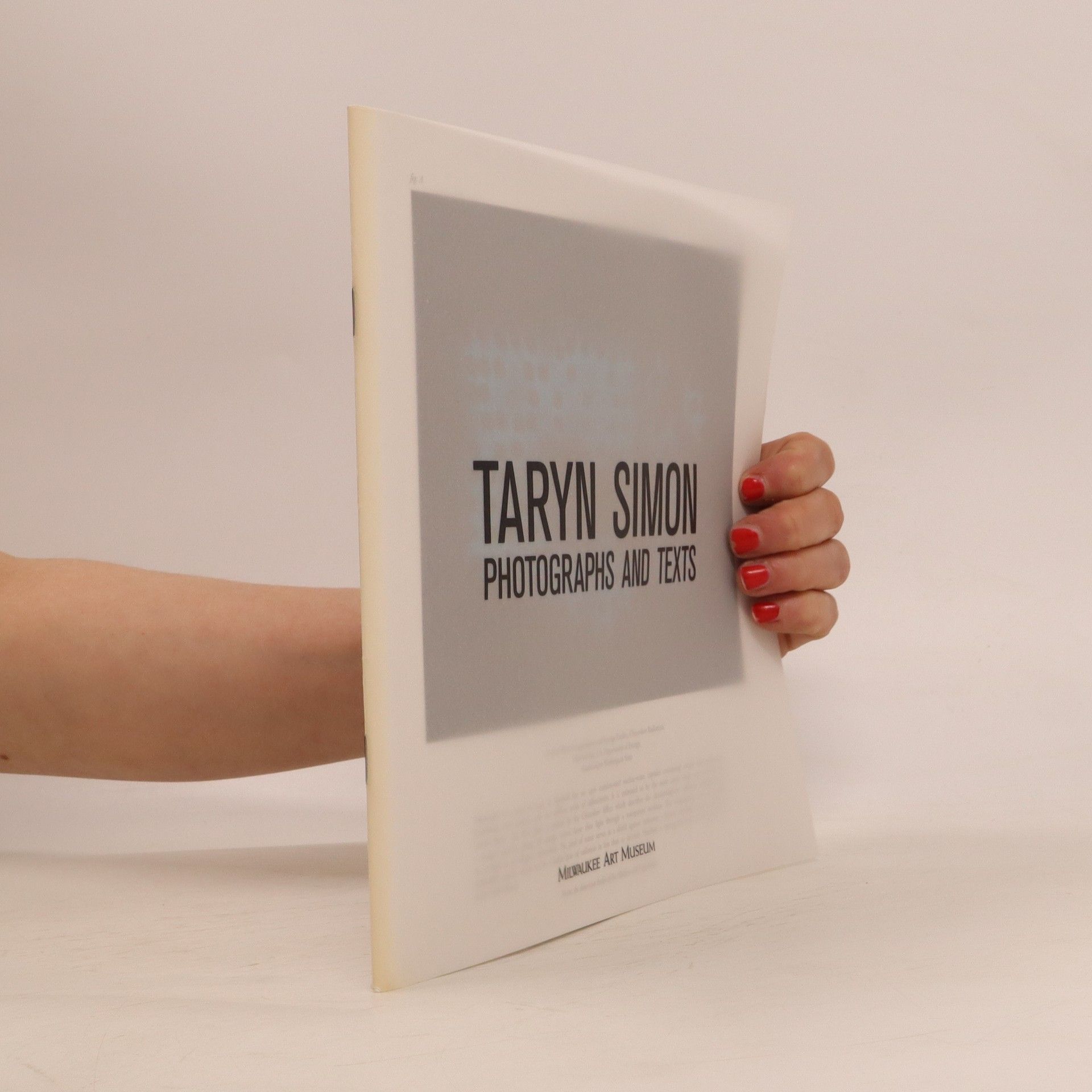An American index of the hidden and unfamiliar
- 150bladzijden
- 6 uur lezen
In An American Index of the Hidden and Unfamiliar, Taryn Simon documents spaces that are integral to America's foundation, mythology and daily functioning, but remain inaccessible or unknown to a public audience. She has photographed rarely seen sites from domains including: science, government, medicine, entertainment, nature security and religion. This index examines subjects that, while provocative or controversial, are currently legal. The work responds to a desire to discover unknown territories, to see everything. Simon makes use of the annotated-photograph's capacity to engage and inform the public. Transforming that which is off-limits or under-the-radar into a visible and intelligible form, she confronts the divide between the privileged access of the few and the limited access of the public. Photographed with a large format view camera (except when prohibited), Simon's 70 color plates form a seductive collection that reflects and reveals a national identity. In addition to this monograph, there is also an exhibition of Simon's work opening at the Whitney Museum of American Art in March 2007.


